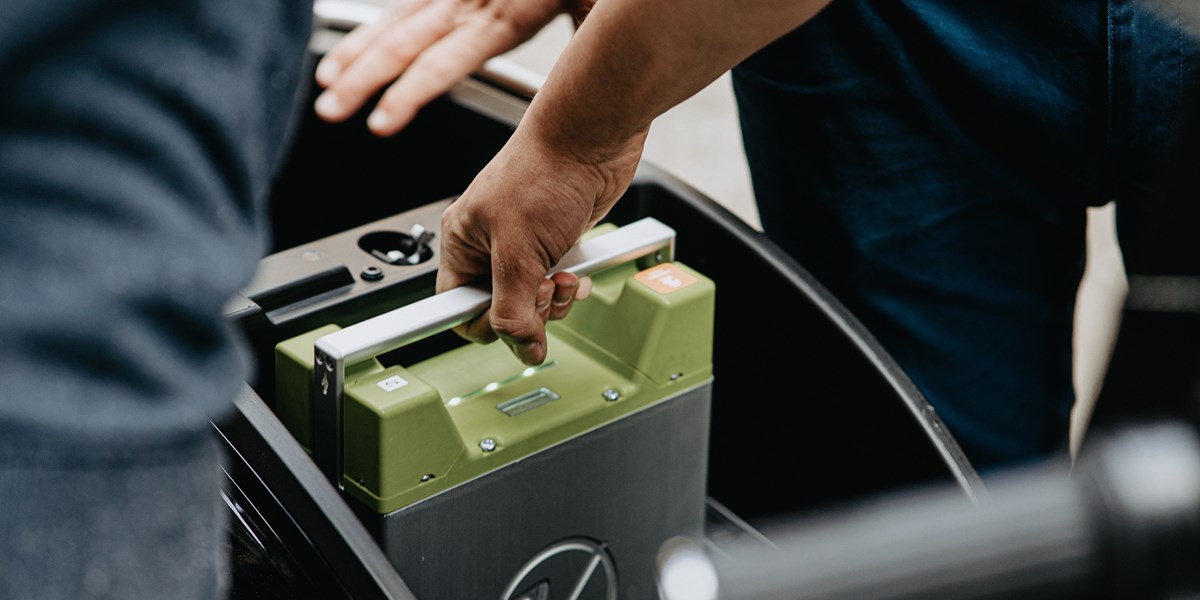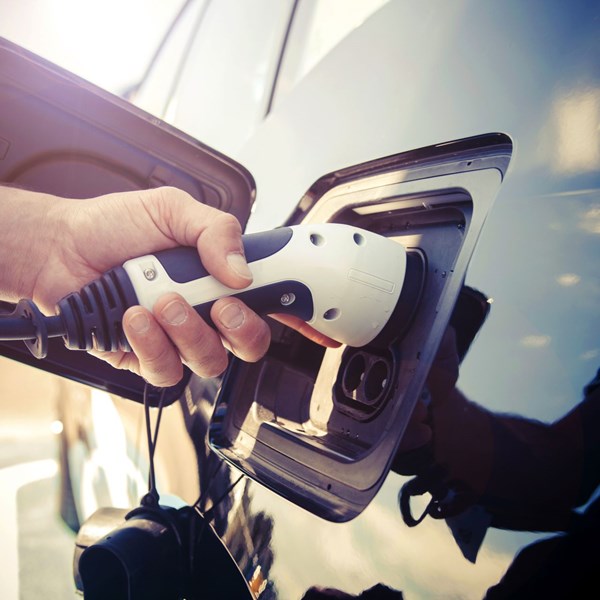The transport sector is the second-largest source of CO2 emissions. It is directly responsible for around 25% of the world’s emissions. It is also one of the most challenging when it comes to finding ways to reduce the levels of carbon being emitted given its historic reliance on fossil fuels. As a result, serious strides are now being taken to see if hydrogen could be used to reduce emissions in the transport sector.
Admittedly, the transport sector was quick to embrace the potential of technology early on. Significant work has already been done to find potential ways to reduce emissions via improving vehicles, mode switching, electrification and sectioning to low-carbon fuels.
However, current innovations seem best suited to smaller vehicles that cover short distances and, only then, if the required infrastructure is in place and accessible.
One of the key technologies that could unlock the transport types that emit the highest levels of emissions could well be hydrogen. Recent developments suggest the latest innovations in these areas may be closer to widescale roll out than ever before.
HYDROGEN WITHIN THE HAULAGE SECTOR
It has long been accepted that the use of hydrogen offers huge operational benefits, most specifically the refuelling and fuel storage possibilities which can provide greater scalability and much less vehicle downtime.
However, the challenge for the haulage and trucking industry has always been to find a way to achieve greater energy density than battery technology can currently offer. If this could be realised, trucks will be able to go further, carry more and sustain the required average speeds to meet the required delivery times.
Ballard Motive Solutions have made progress. Working with both the UK’s Department for Transport (DfT) and Scottish Enterprise, they have made huge strides towards confirming the feasibility of developing and deploying hydrogen powered heavy vehicles.
They have worked out how much traction power heavier vehicles require to run at motorway speeds and carry out a typical long-haul duty cycle and have examined the supply chain implications relating to the specialist fuel cells, multi-speed integrated e-axles and power electronics that would be needed to get a hydrogen powered truck onto the road.
Their conclusion is if a vehicle can operate with a medium weight and lower average speeds, this could be achieved the technology currently available.
Therefore, Ballard’s near-term focus is to produce and deploy long range, medium speed, medium payload but zero emission vehicles. These would not only be haulage vehicles but could also include public transport vehicles, a more visible option for a government determined to underline their environmental ambitions.
HYDROGEN WITHIN THE AVIATION SECTOR
There are a range of companies working hard to develop hydrogen propulsion systems for aircraft. It appears that commercial airlines have now accepted that they need to embrace hydrogen-powered aircraft to introduce more sustainable air travel in line with the world’s target to achieve net zero by 2050.
From a research and development perspective, the most likely path to a greener aviation industry is to perfect smaller aircraft then gradually scale up. British Airway’s current first target is to introduce a 70-plus seater plane capable of operating from smaller hubs like London City on the airline’s short commuter routes. These new aircraft would be a like-for-like replacement for their current single-aisle, short-haul aircraft.
In the US, United has announced a similar strategy. They plan to begin their hydrogen-powered operations using small 50-seaters then swap these for 76-seaters before eventually moving up to larger narrow-body airliners capable of seating more than 100 passengers.
Aside from the obvious environmental benefits, their strategy has been influenced by two factors.
Firstly, larger fleets of smaller aircraft are more expensive to maintain over time. This means using fewer larger aircraft is more cost-effective. Secondly, there is a pilot shortage in the US. This means that again operating fewer planes with more seating is more practical.
One of the names at the forefront of the green aviation drive is ZeroAvia.
They have been applauded for their efforts to match their innovation in hydrogen propulsion systems with comprehensive and easily accessible maintenance, repair and overhaul (MRO) services to keep the incoming hydrogen-powered fleets fully operational.
It is an approach that has led to them signing a memorandum of understanding with Air France Industries KLM Engineering and Maintenance (AFI KLM E&M), a leading international player in the MRO services market that is responsible for more than 200 carriers around the world.
For ZeroAvia this is only the start. They have also collected letters of intent from at least 15 different airlines who have publicly stated they want to add hydrogen-powered planes to their fleets. This is good news for ZeroAvia who have already begun flight testing its hydrogen-electric propulsion systems with a view to launching the first test flight of its ZA600 powertrain in the coming months.
This test will determine whether they can realise their ambition to give a commercial debut to introducing a 10 to 20 seat aircraft into service in 2025 followed, more critically from a consumer perspective, by a 40-80 seat aircraft in 2026.
And if these are a success, their ultimate aim is to have a 200-seat hydrogen airliner with a range of 5,000 nautical miles in service by 2040.
If all this sounds like green aviation is getting closer, it’s important to note ZeroAvia is far from the only company on the verge of a breakthrough.
California’s Universal Hydrogen plans to test its first hydrogen-powered regional airliner by the end of 2022. Meanwhile in November 2022, Rolls-Royce and EasyJet completed ground tests of an aircraft engine running on hydrogen. Theoretically this could power a small narrow-body airliner.
Airbus have also entered the fray announcing they now have three potential concepts for hydrogen-powered airliners within their ‘Project ZeroE’. They are targeting a 2035 launch for at least one of these.
We look forward to seeing how both the aviation and haulage industries innovate their way to improving their environmental position using hydrogen. We are also keen to see how these new technologies will be adapted or developed for the other areas of the transport sector that generate high levels of emissions, trains, ships and cars.
If you are involved in a project using green hydrogen for any purpose and would like to discuss how best to protect and commercialise your invention, please contact us today.







